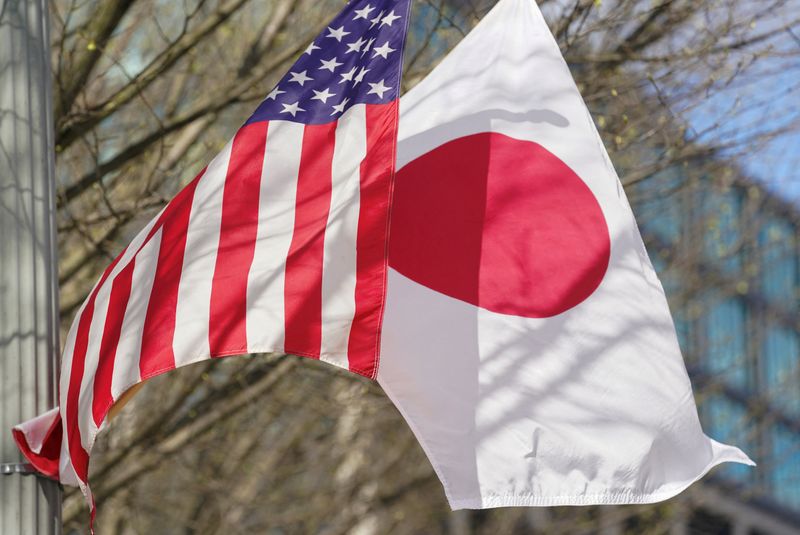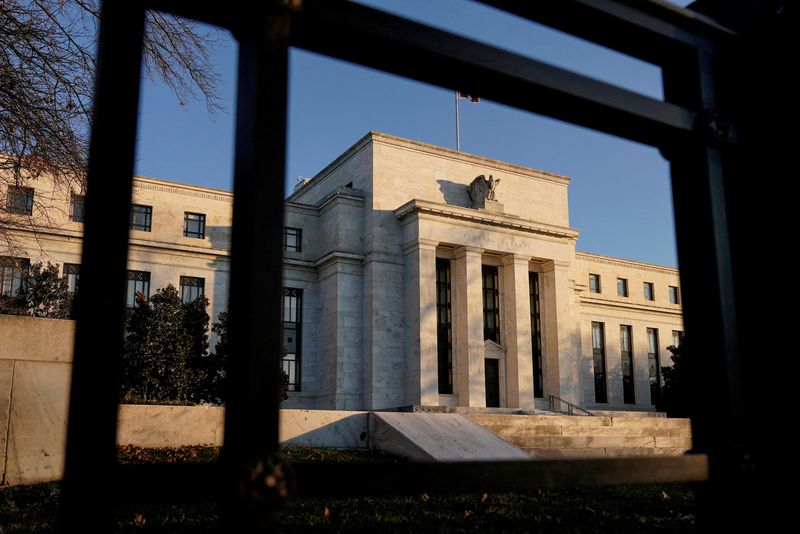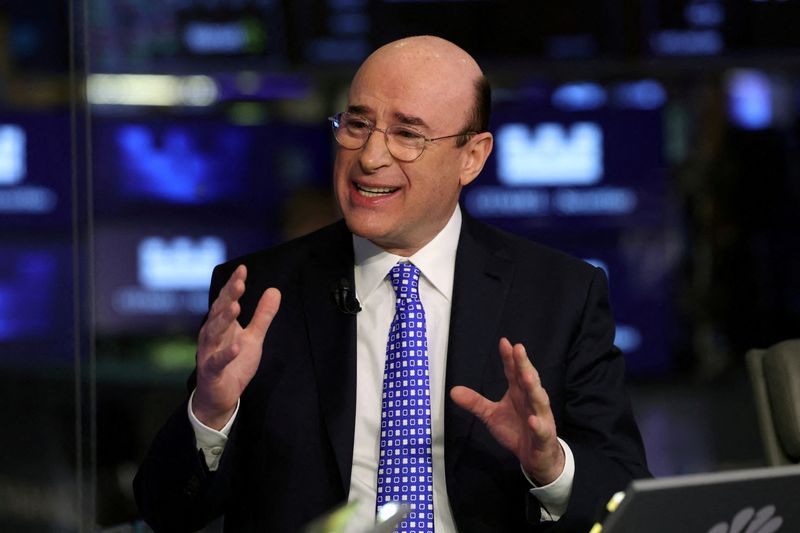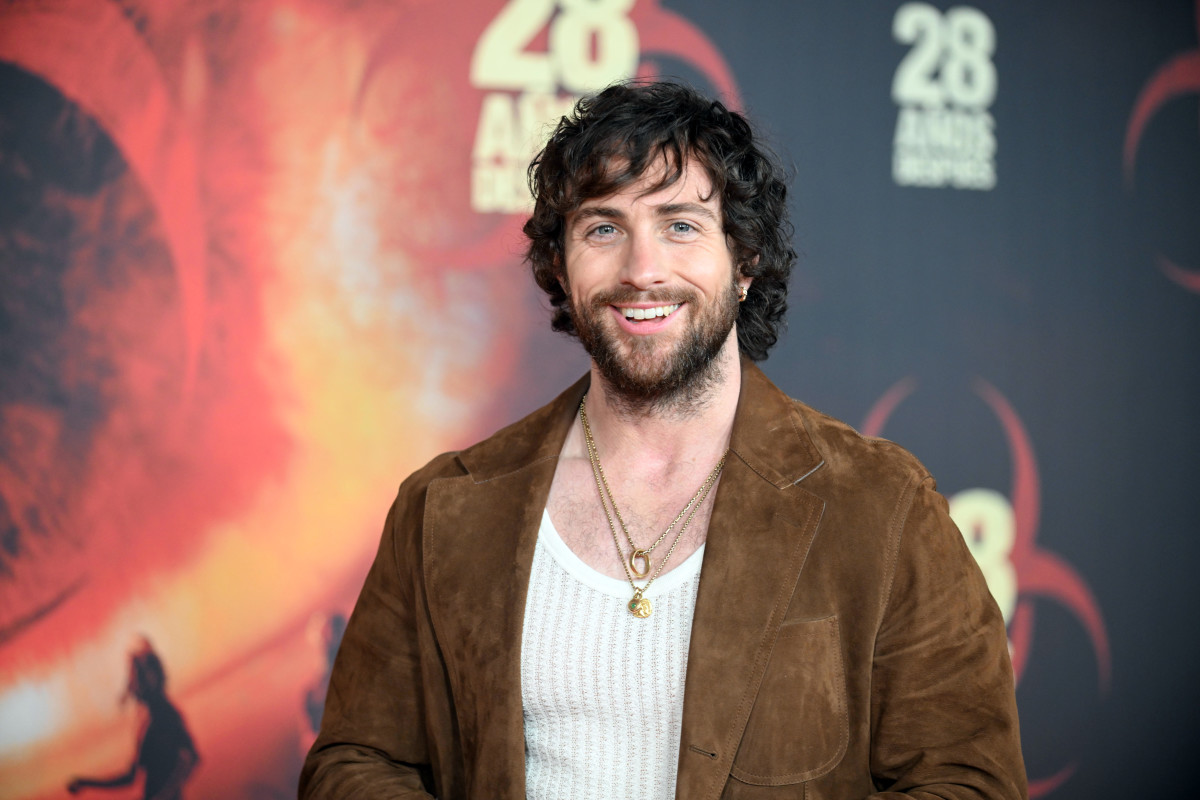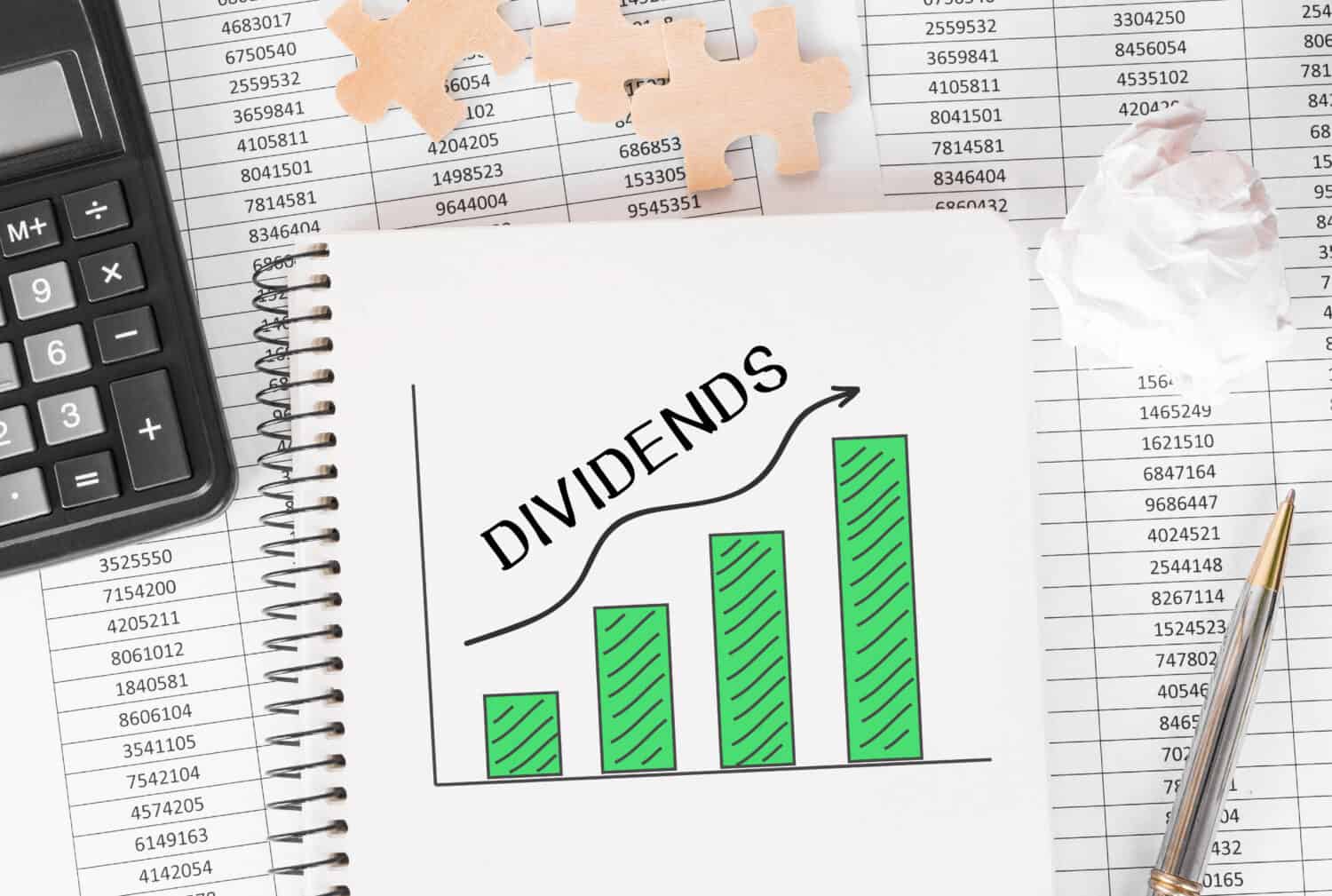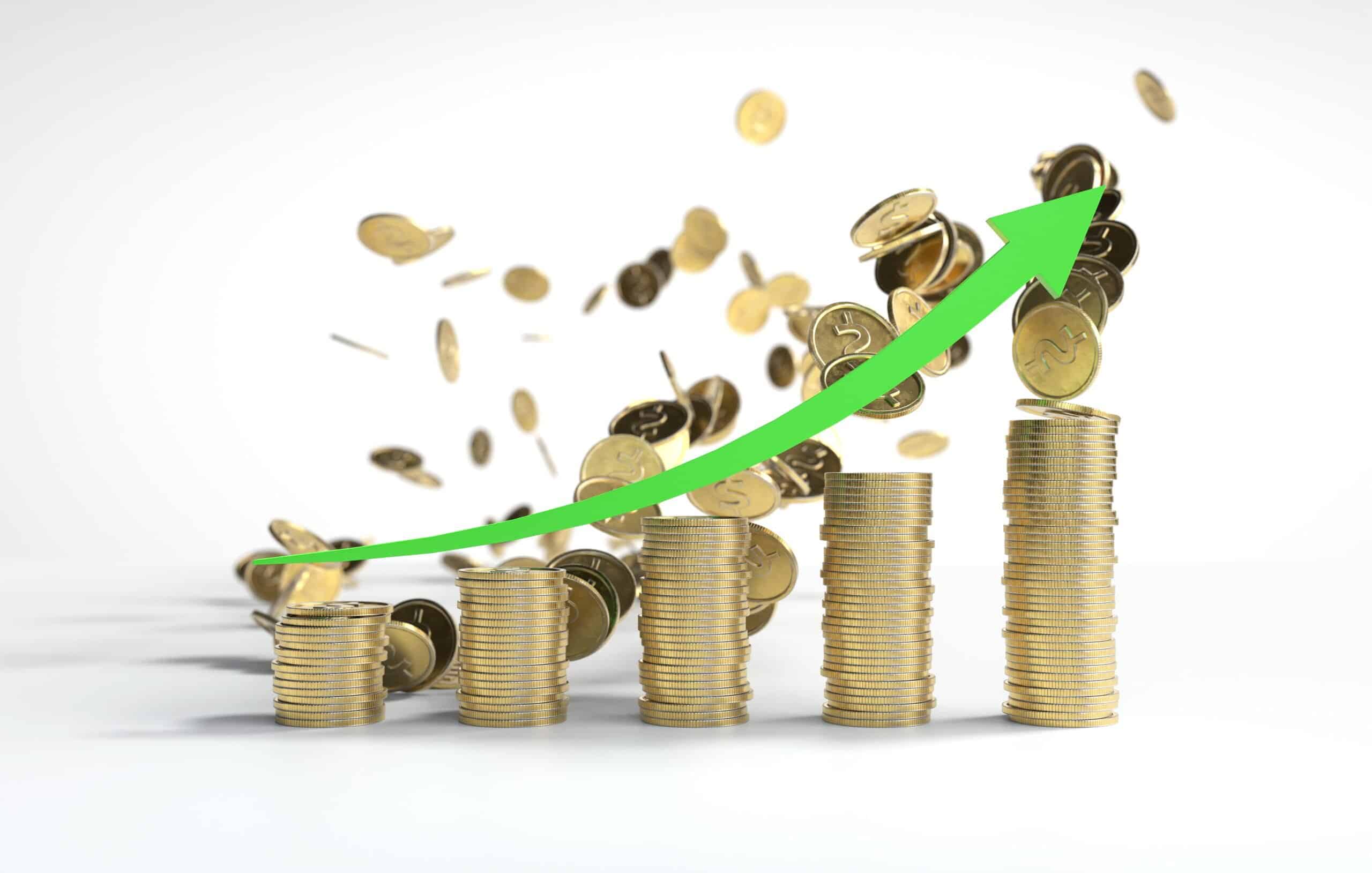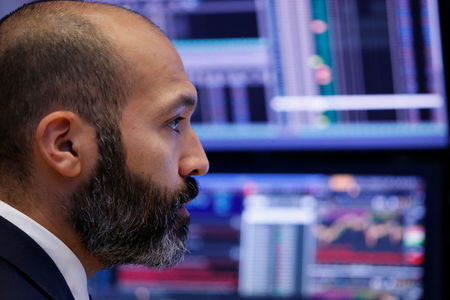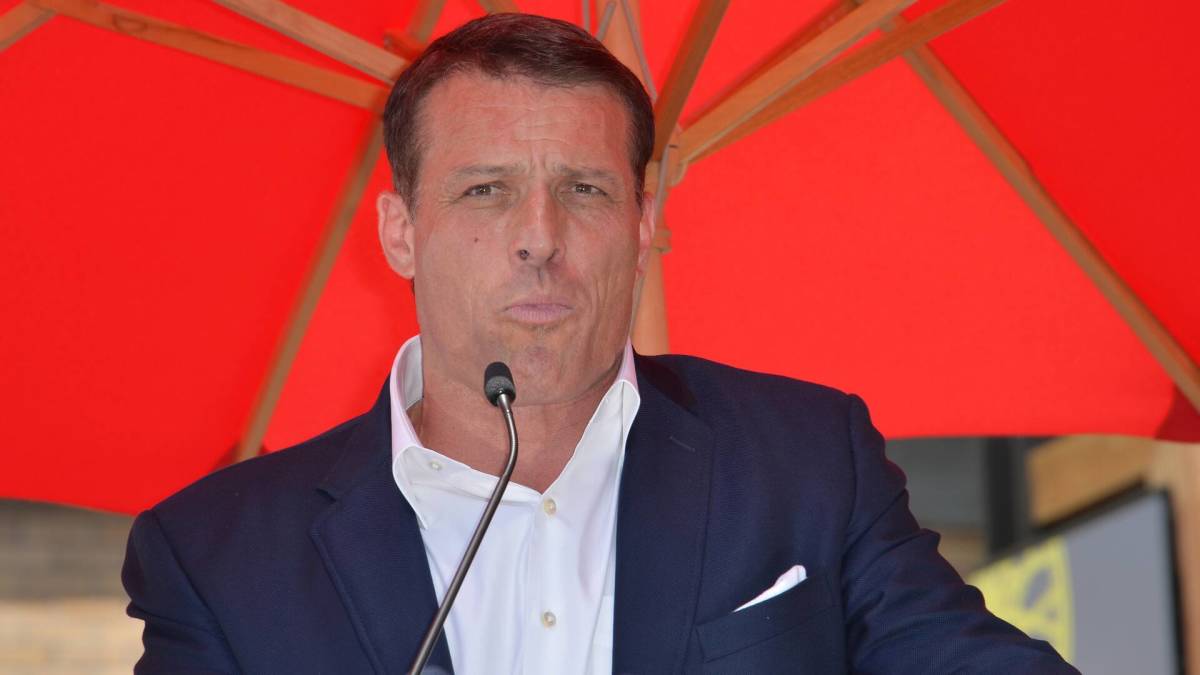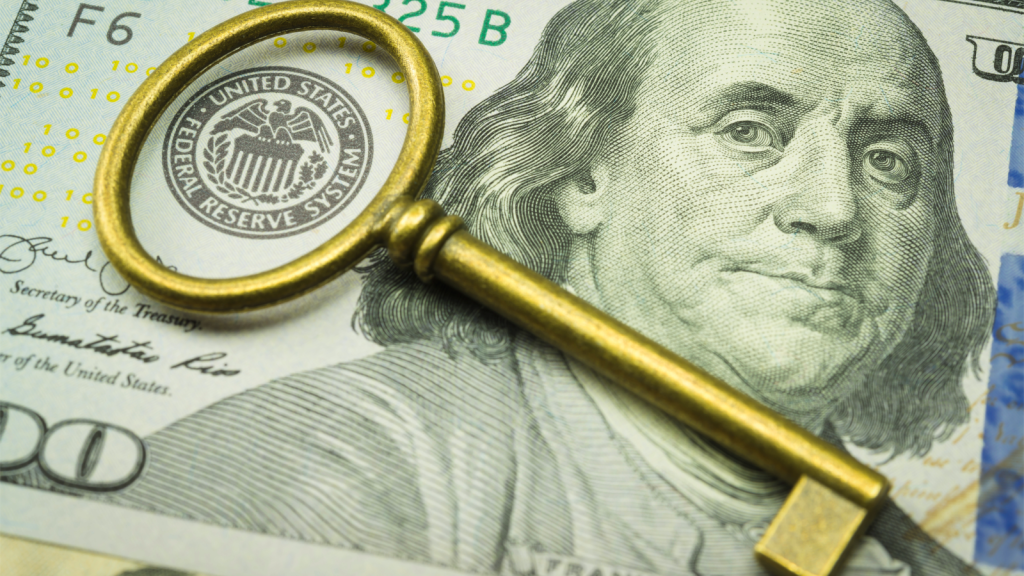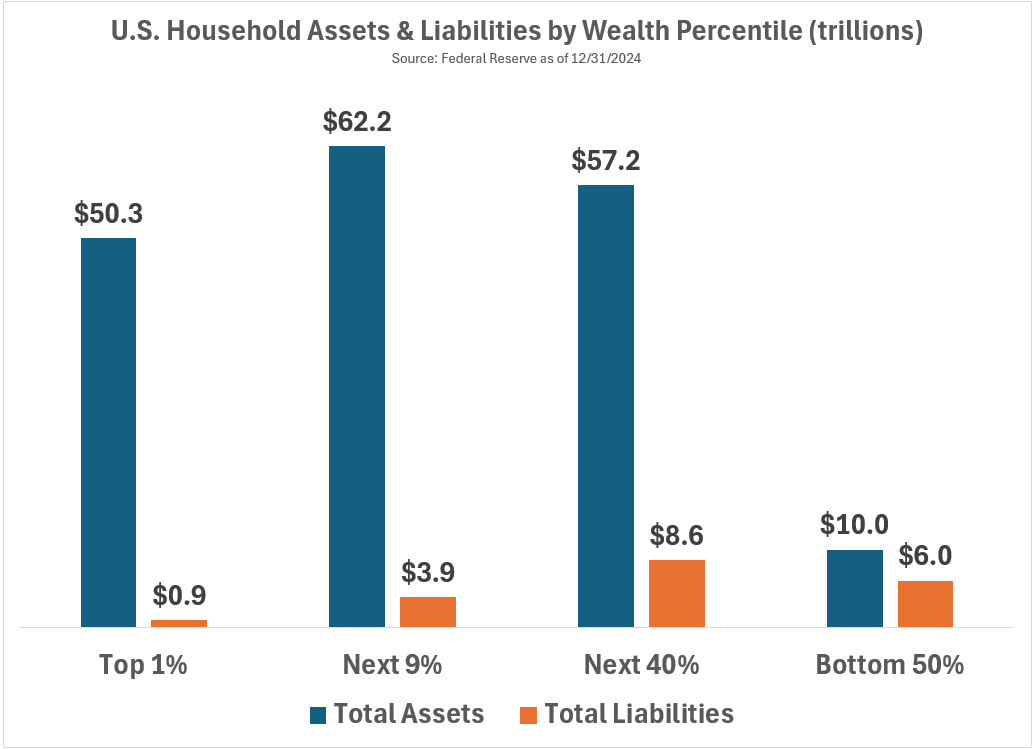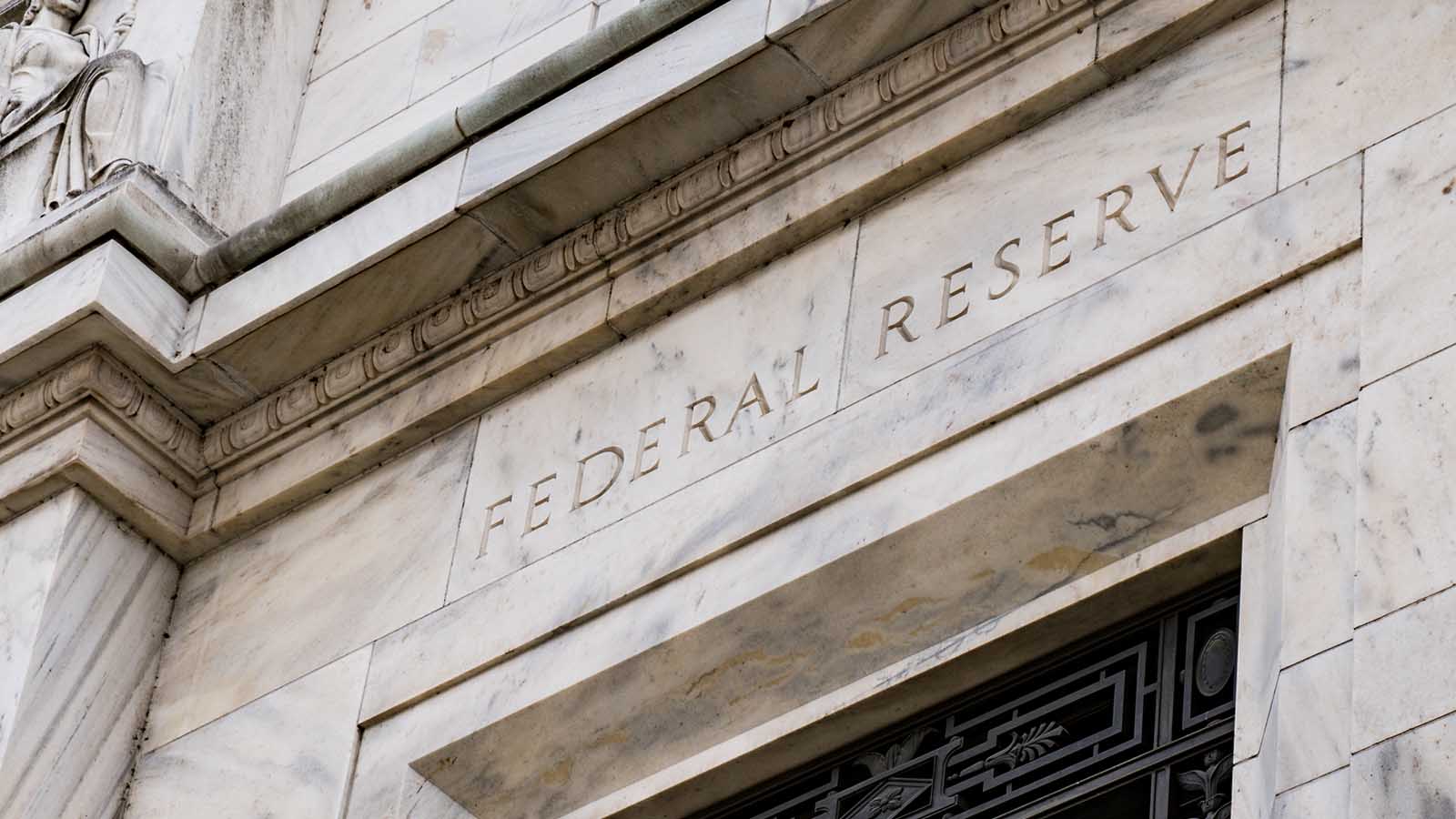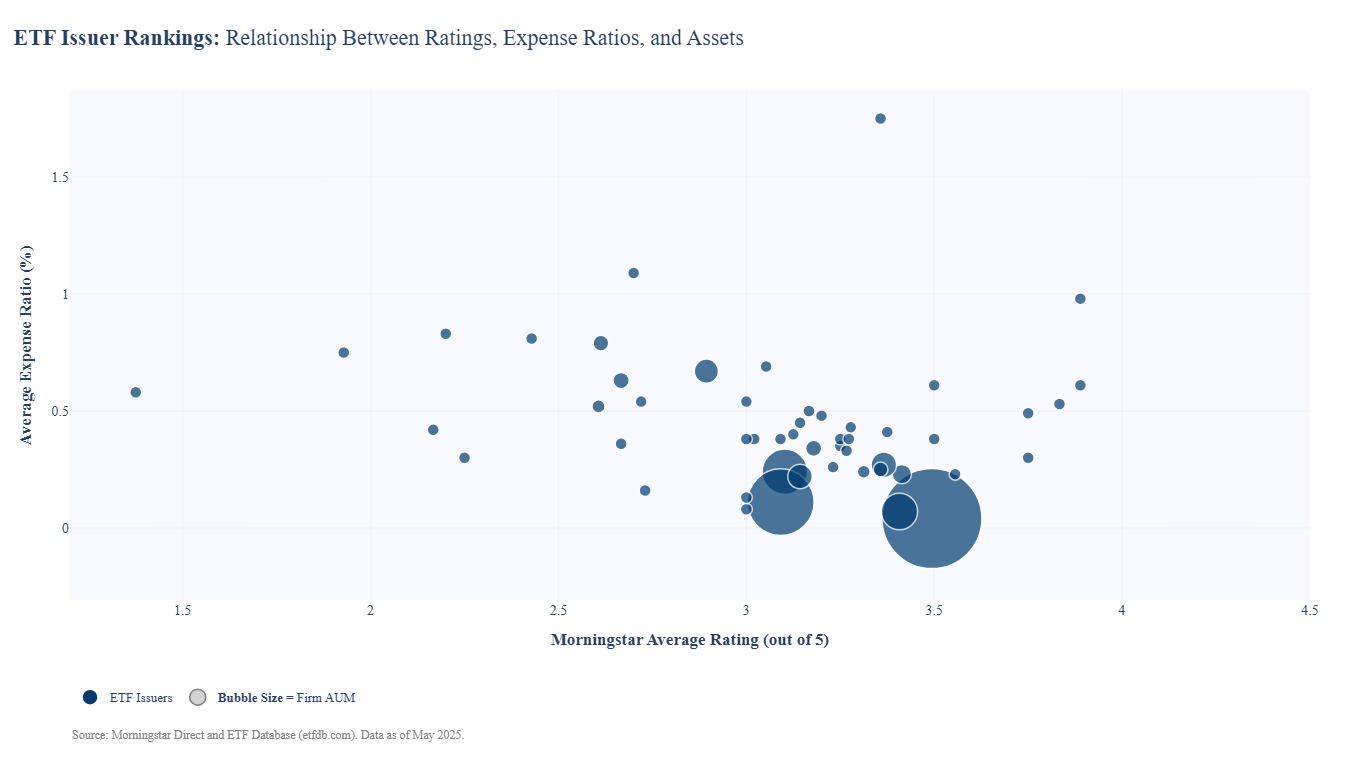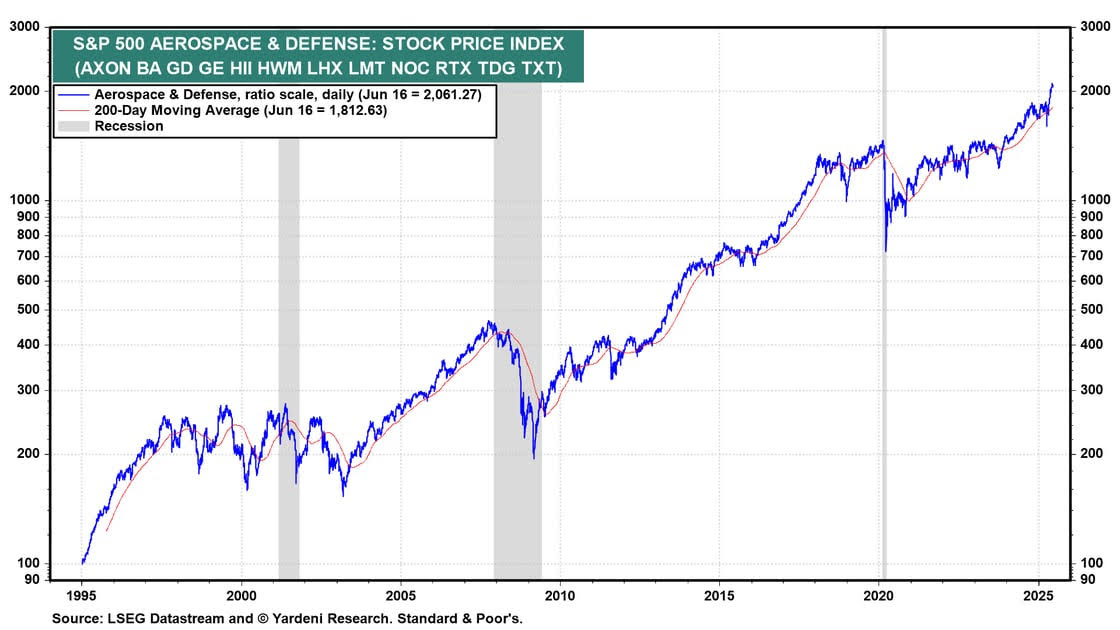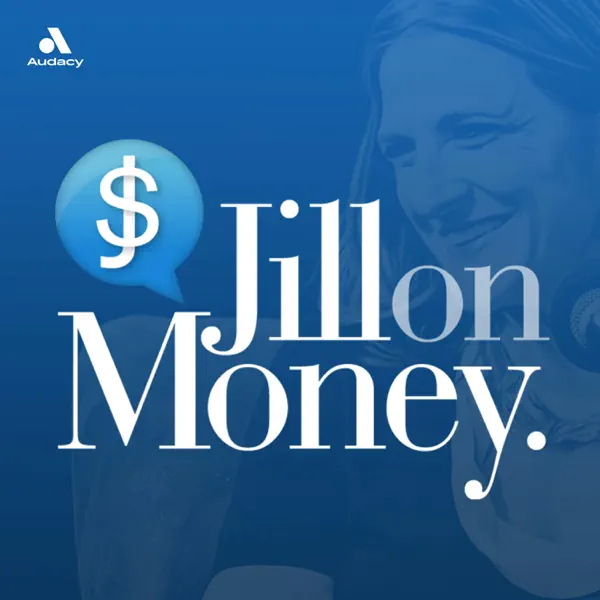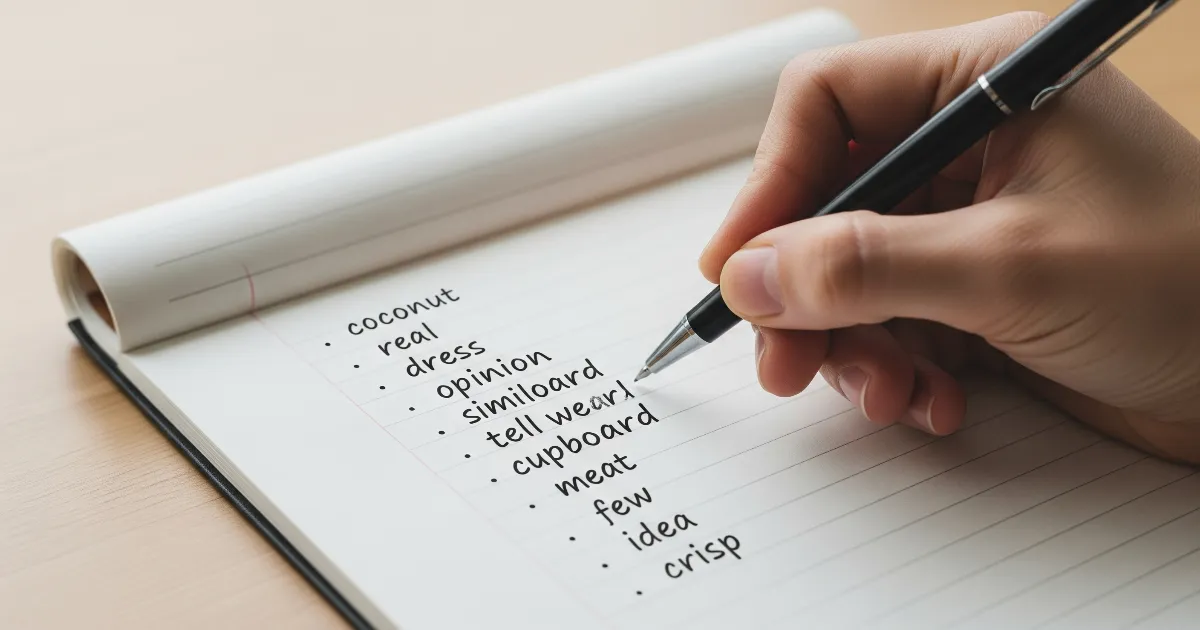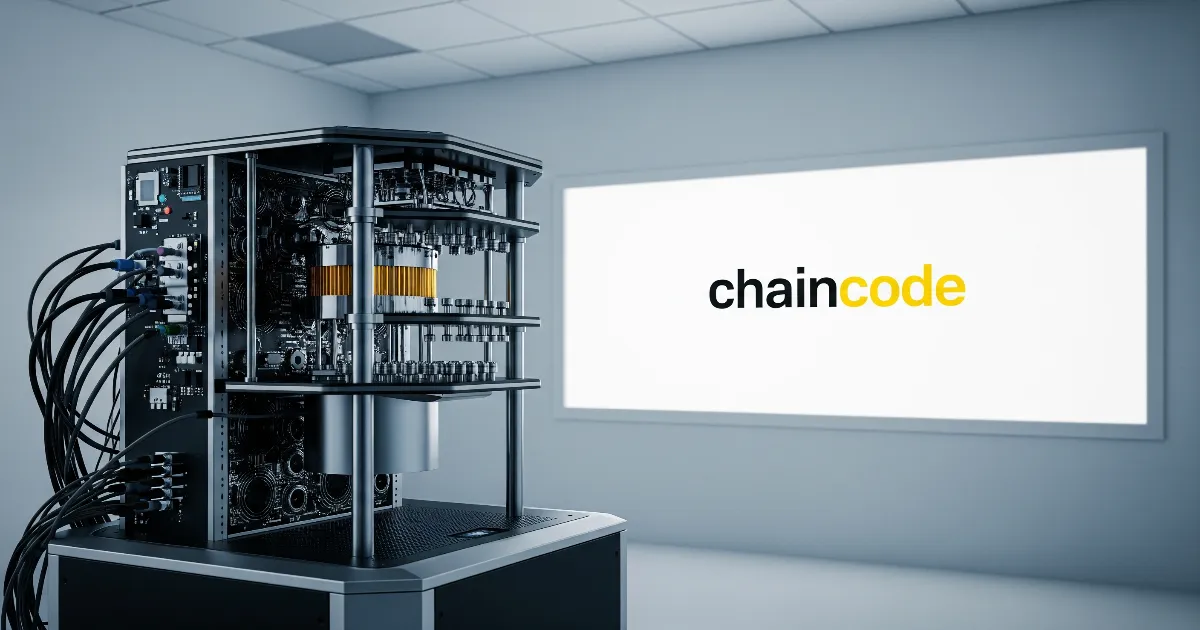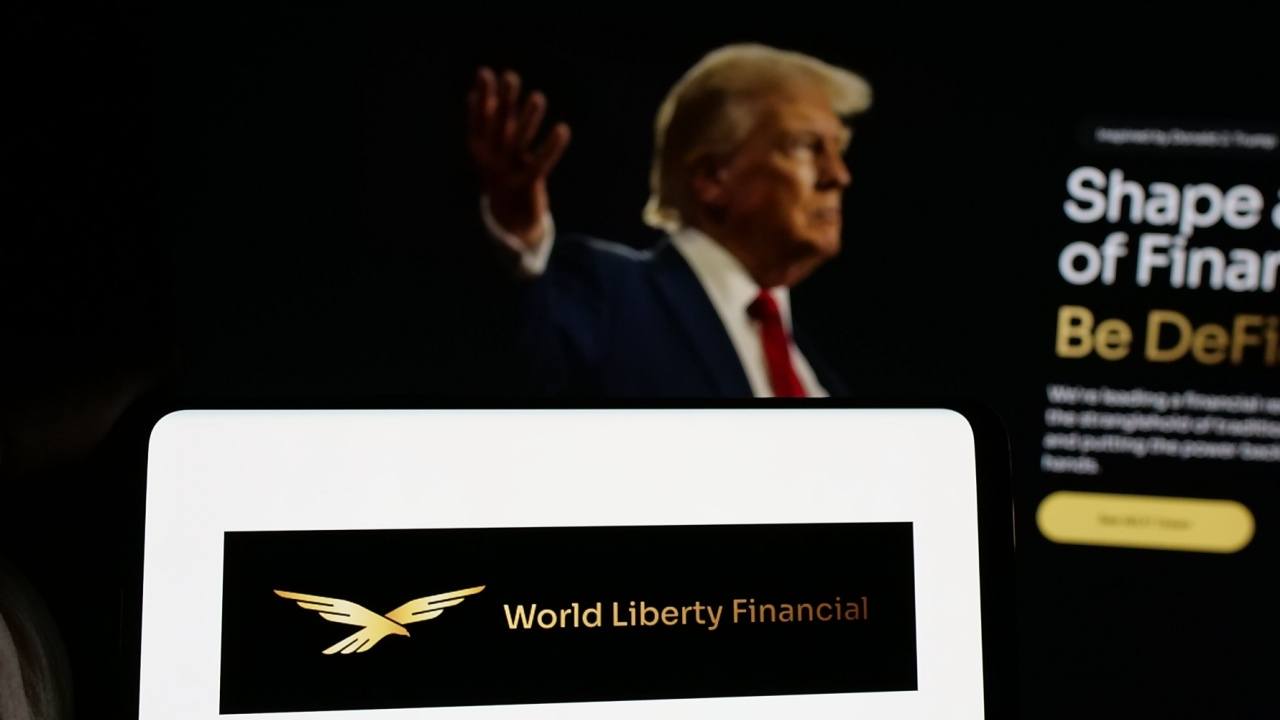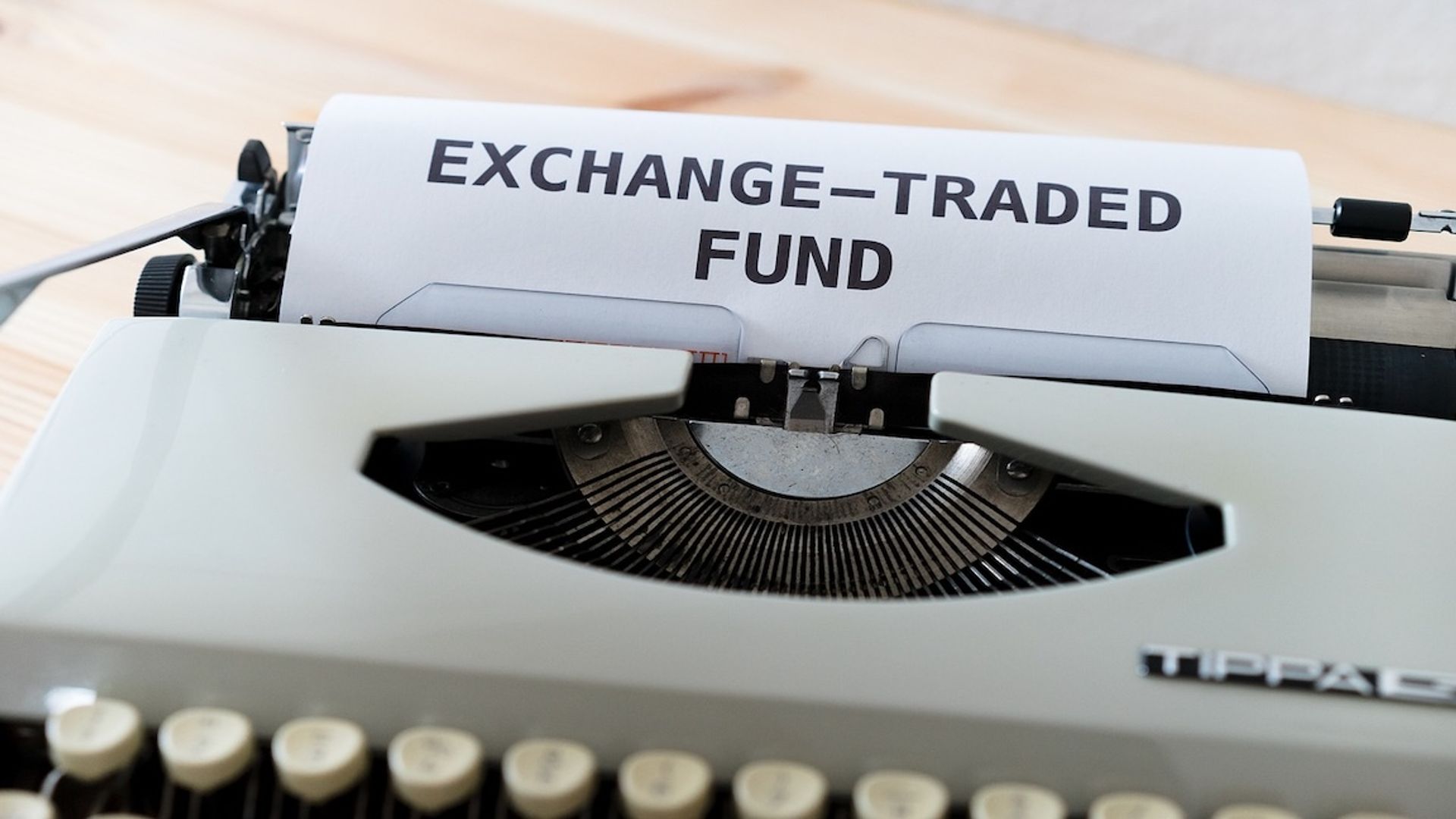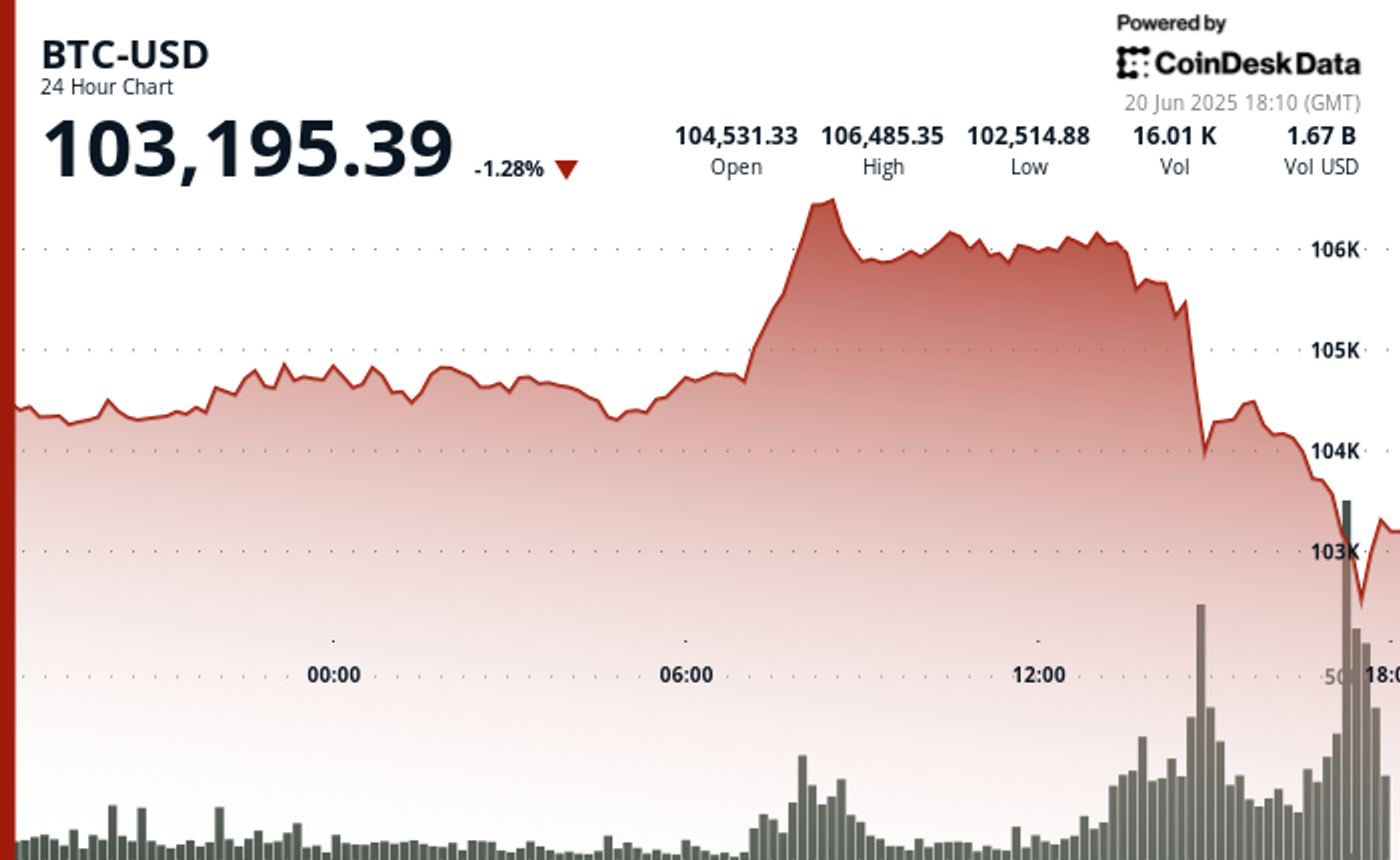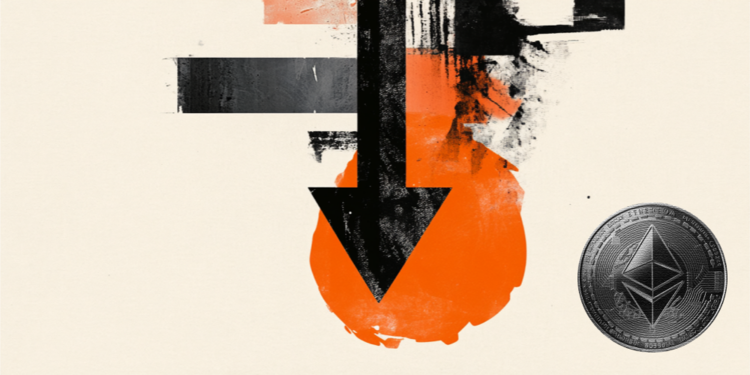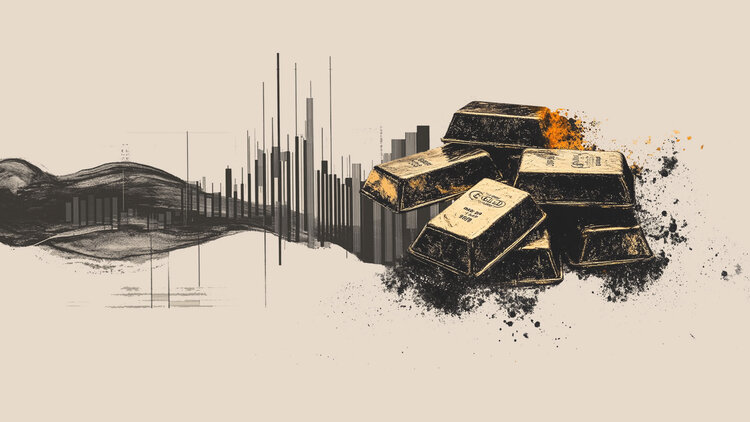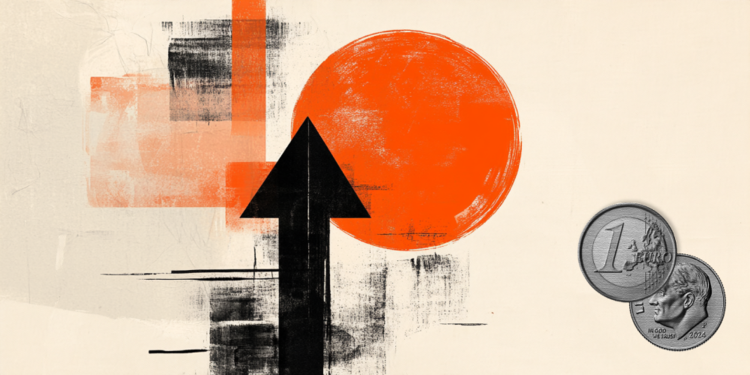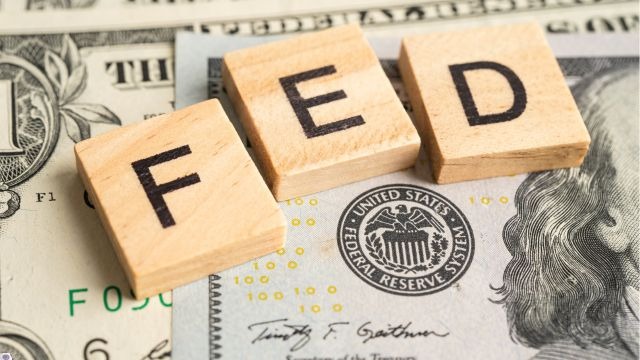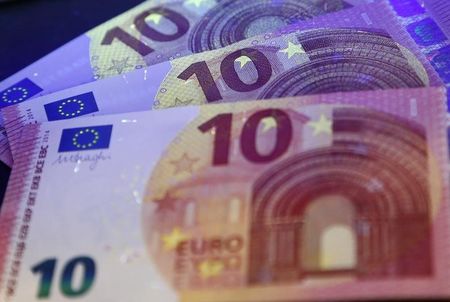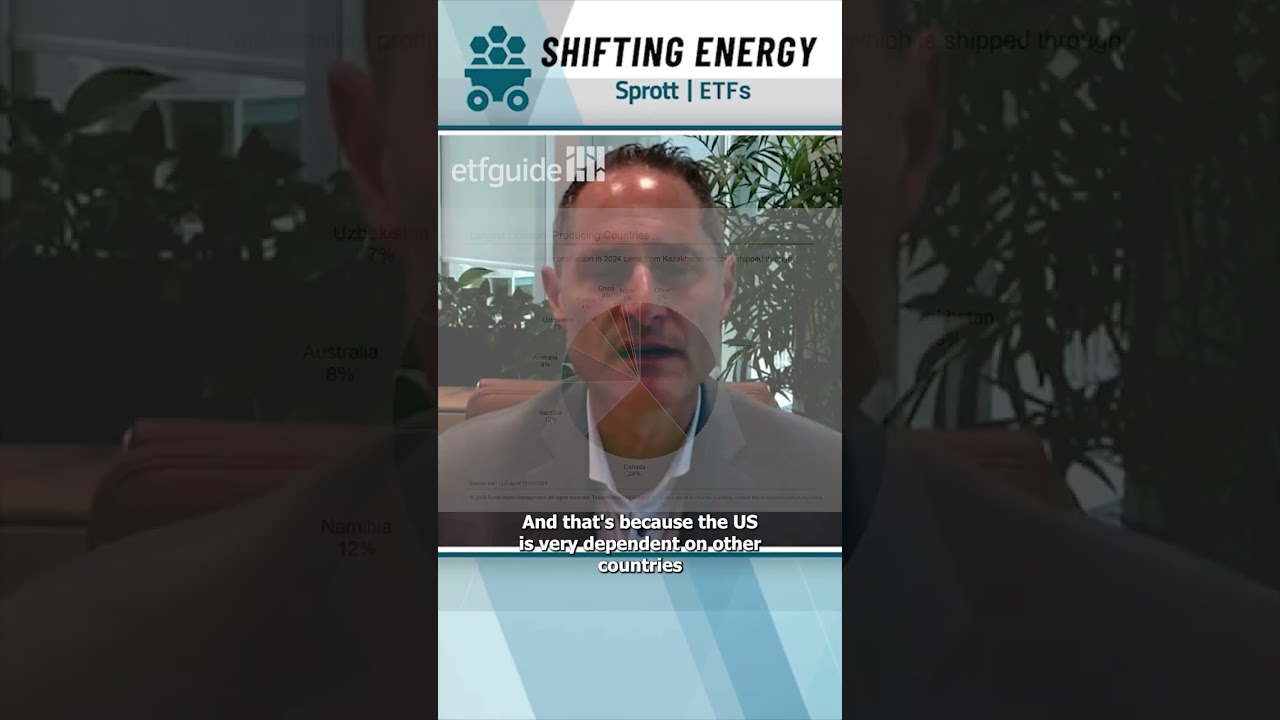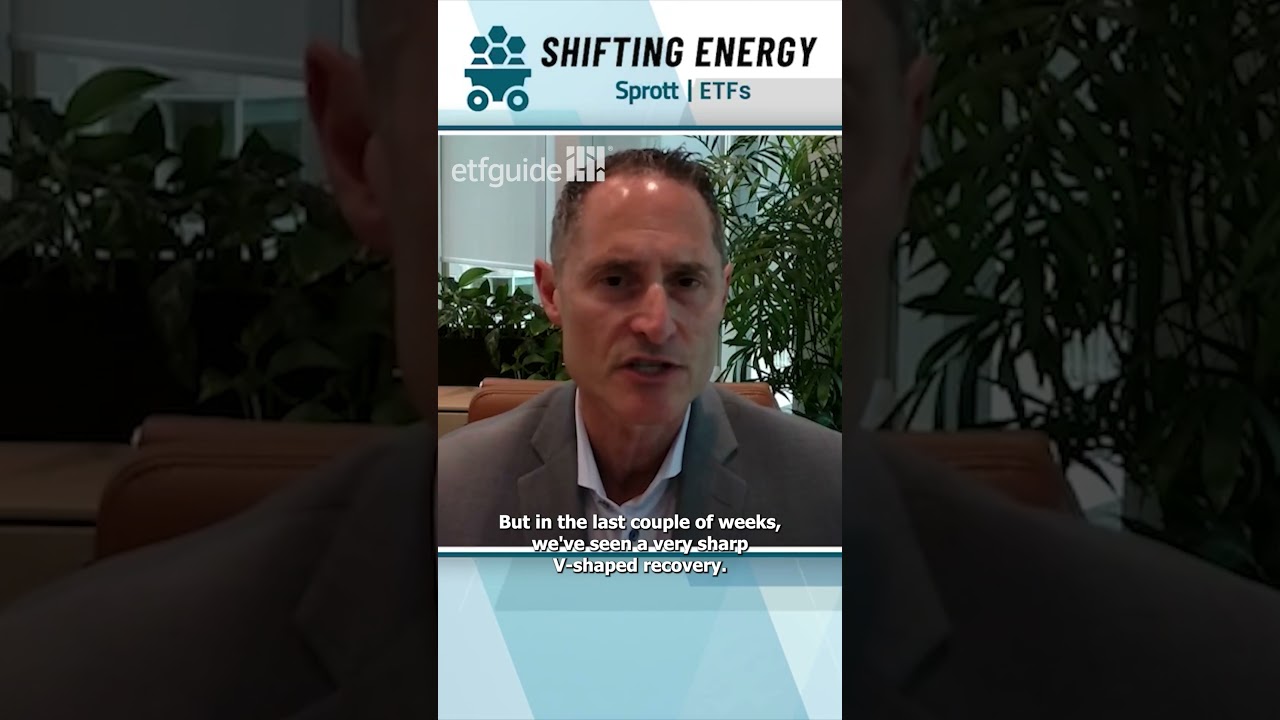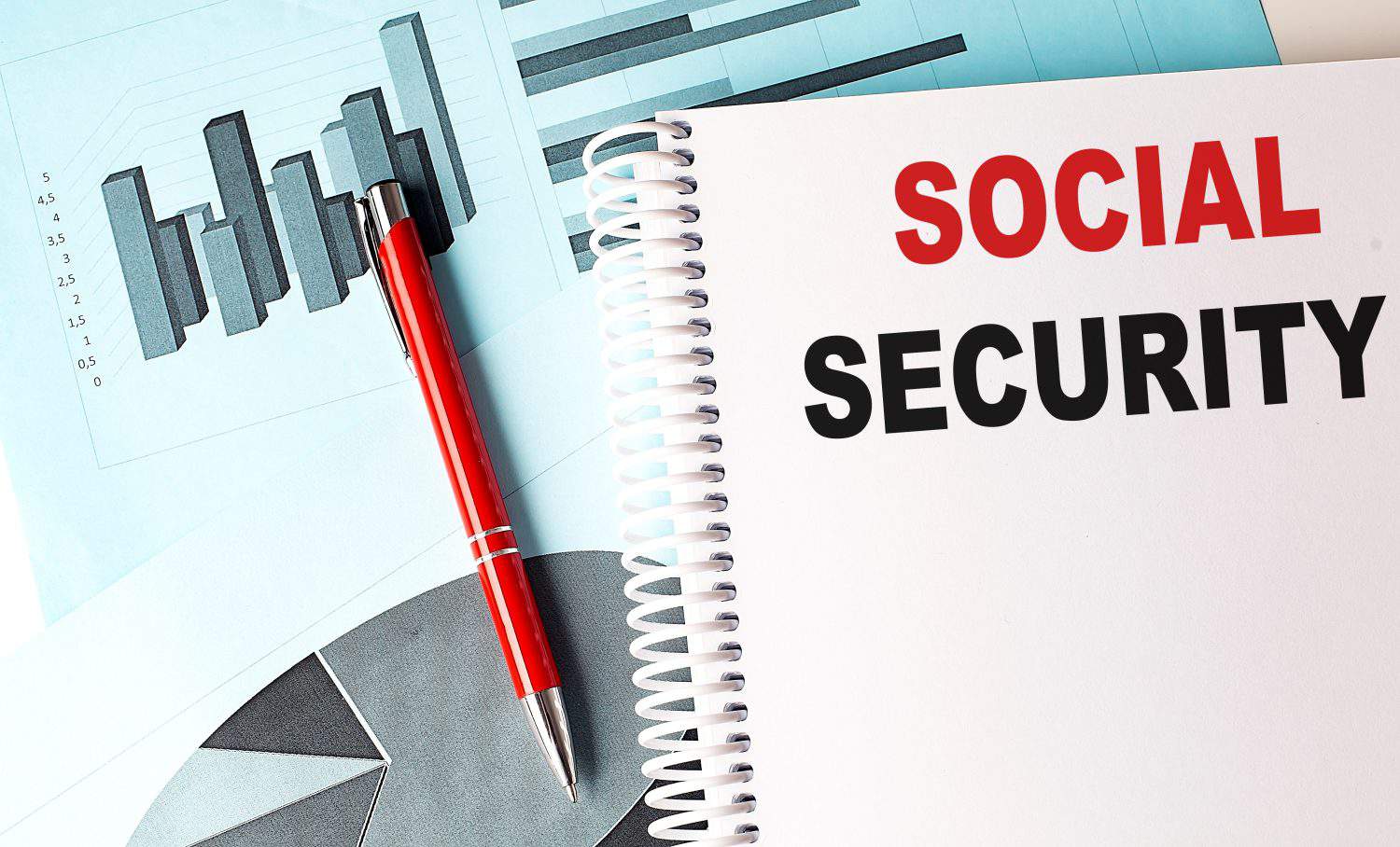I’m 28 and Getting a $400,000 Check – What Should I Do With It?
Anyone who’s lucky enough to score a six-figure windfall in their 20s or 30s should think about steering into the fastest, left-most lane of the retirement highway. Undoubtedly, that means prioritizing saving and investing and resisting most of the urge to blow the windfall on luxury goods or a ton of upscale travel experiences. Now, […] The post I’m 28 and Getting a $400,000 Check – What Should I Do With It? appeared first on 24/7 Wall St..

Anyone who’s lucky enough to score a six-figure windfall in their 20s or 30s should think about steering into the fastest, left-most lane of the retirement highway. Undoubtedly, that means prioritizing saving and investing and resisting most of the urge to blow the windfall on luxury goods or a ton of upscale travel experiences. Now, that’s not to say someone shouldn’t enjoy life while they’re young, but it does mean ensuring that their emergency savings and the retirement nest egg are prioritized.
Of course, many younger people who score an inheritance may feel more inclined to spend much of the sum. Indeed, it’s easier to splurge a windfall than cash you’ve had to work for over the course of a career. And while much generational wealth is wiped out in just one or two generations, I do think that proper financial habits and a meeting with a financial advisor could do a new heir a lot of good as they strive to find the right balance between enjoyment in the now and investing in their future.
It’s not always an easy balance to achieve. And, as always, there’s no perfect balance for everyone. Someone who’s already making a good income and has already invested in themselves by earning a degree may have a bit more flexibility as to what they do with their newfound fortune.
Key Points
-
A $400k windfall is not something that should go to waste.
-
It’s fun to think about all the travel and leisure that one will be able to go for, but saving and investing should be the number-one priority.
-
Making room for an emergency fund, tuition expenses, and perhaps a down payment on a home also makes sense.
-
Are you ahead, or behind on retirement? SmartAsset’s free tool can match you with a financial advisor in minutes to help you answer that today. Each advisor has been carefully vetted, and must act in your best interests. Don’t waste another minute; get started by clicking here.(Sponsor)
Saving and investing should be prioritized. But realistically, it’s okay to splurge on a part of a huge windfall.
Before one thinks about the lavish experiences they’ll now be able to afford, it can pay dividends to think about the financially responsible moves first. For the young individual who’s getting a fat $400k check coming their way, I’d strongly suggest having a look at the emergency fund and tax-advantaged accounts. Is there sufficient rainy day savings already in place?
If not, allocating a (small) portion of the windfall ought to be the first move, in my books. Next, topping up the retirement accounts (tax-advantaged first, then the non-registered accounts) is a smart move, and perhaps allocating a portion to pay down mortgage debt if one’s already made the jump into the housing market. For someone in their 20s, I’ll assume they’ve not yet committed to a mortgage, but could potentially do so now that they stand to pad their net worth by a fairly lofty amount.
And, finally, figuring out the right asset allocation and investments to buy is the way to go before one decides on how much “leftover” cash they’ll be able to invest in all sorts of fun experiences. Perhaps the asset allocation aspect is the trickiest. In that light, it makes sense to bring aboard a financial advisor so that they can better understand one’s goals and risk tolerance.
How to invest such a big sum?
For someone who’s close to 30 with no medium-term financial obligations up ahead, I’d still suggest an equity-heavy portfolio. Many young people are fine with very high equity allocations (90% stocks and 10% cash and bonds), while others in the same age group are a bit more risk-averse, perhaps because they’re saving up for a down payment on a home or tuition for grad school.
In any case, new investors may wish to go down the passive investing route, with a mix of index ETFs. Perhaps a heavy weighting in an S&P 500 index fund, a mild weighting in the Nasdaq 100 (for the extra growth jolt), an international equity fund, with a slight amount of emerging markets exposure, could be the way to go for the equity side of the portfolio.
Though I’m not the biggest fan of bonds for younger investors, I do think a low-cost aggregate bond fund could make sense as a minority of one’s portfolio, especially for new investors who don’t yet have their stock market “legs.” Finally, gold, silver, and CDs (Certificates of Deposit) are also viable options to consider for the conservative portion of one’s portfolio.
The post I’m 28 and Getting a $400,000 Check – What Should I Do With It? appeared first on 24/7 Wall St..






